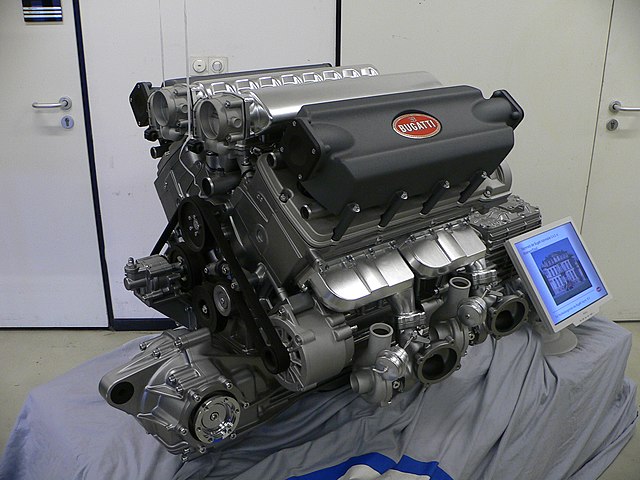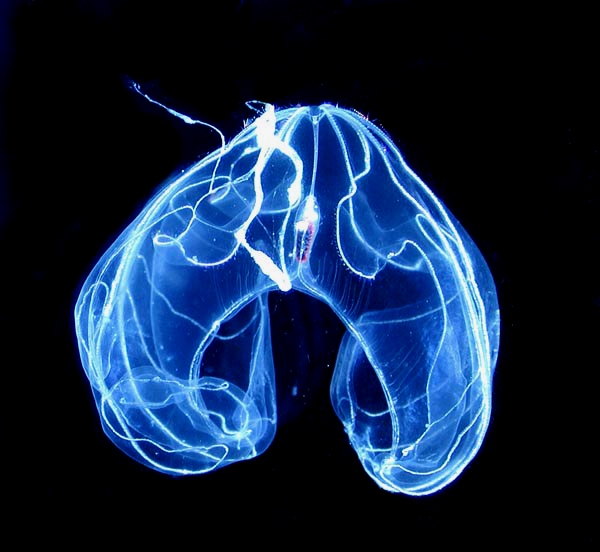We've learned a lot about the science of forensics that detectives use to solve crimes.
Another type of science is the study of Machines, which are the things that make the world move.
This could be anything from a car that is driving down the street to a windmill that takes wind power and turns it into energy.
There are many types of machines in the world, and there are lots of jobs for people who work with machines.
One type of job for working with machines is a mechanical engineer.
These people help figure out how to build machines and how to use them to build the things we need in our lives.
Another types of job is a machine operator, like the people who use the machine to do work.
This could be someone driving a big bulldozer, or someone working in a big building using a machine to cut or lift things.
Sometimes our machines break down and we need people to fix them.
There are lots of people working those jobs too, like a mechanic that looks at a car when it isn't working any more and has to figure out how to get it running again.
There are so many machines in our world that we need a lot of smart people to help make them work!

(from: wikipedia - mechanical engineering)
Kid Facts - Blast from the past: Altimeter






